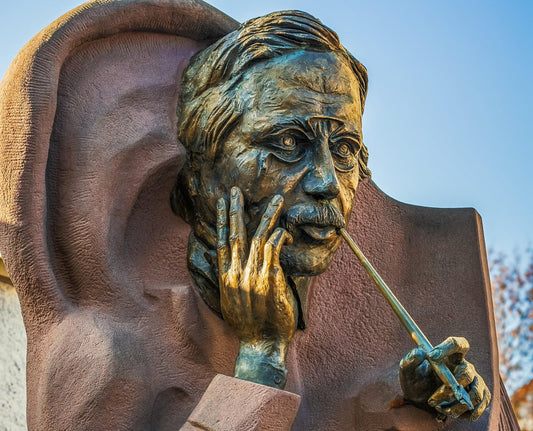Nyquist
by Paul McGowan
Swedish electronic engineer Harry Nyquist figured something interesting out. If you want to capture sound using digital audio conversion, you need to sample at twice the frequency you hope to preserve.
Thus, if your goal is to capture without loss frequencies as high as 20kHz, you need to build a system that gathers twice that frequency—40kHz. Add to that requirement the fact such a system gets wigged out if you feed it frequencies higher than the maximum sample rate, one is required to make sure a steep filter is applied before conversion from analog to digital.
Which is how we wound up with CD's sampling rate of 44.1kHz. We need the 40kHz part to keep Harry Nyquist happy, and the extra 4kHz bit to keep engineers tasked with building a brick wall filter from jumping out of windows.
But here's the thing. If Nyquist was correct (and he was) that we can capture with perfection half the frequency of our sample rate, why do we need higher sample rates?
After all, we can't hear anything above 20kHz (and most of us can't hear that high).
The answer lies not with Mr. Nyquist, but instead with the challenge of steep low pass filters. As my friend Robb Hendrickson puts it: "Whether you're recording at 44.1 or 48kHz, you are LITERALLY applying a low-pass filter to NATURE!!!"
Indeed, it's not the lack of 20kHz (because there is no lack of it), but the effects of filtering we hear.
If we need to apply a low pass filter to nature, it had best be really, really, high. Like 100kHz to 200kHz.
Harry gave us only half an answer. The other half is figured out by our ears.
- Choosing a selection results in a full page refresh.
- Opens in a new window.







